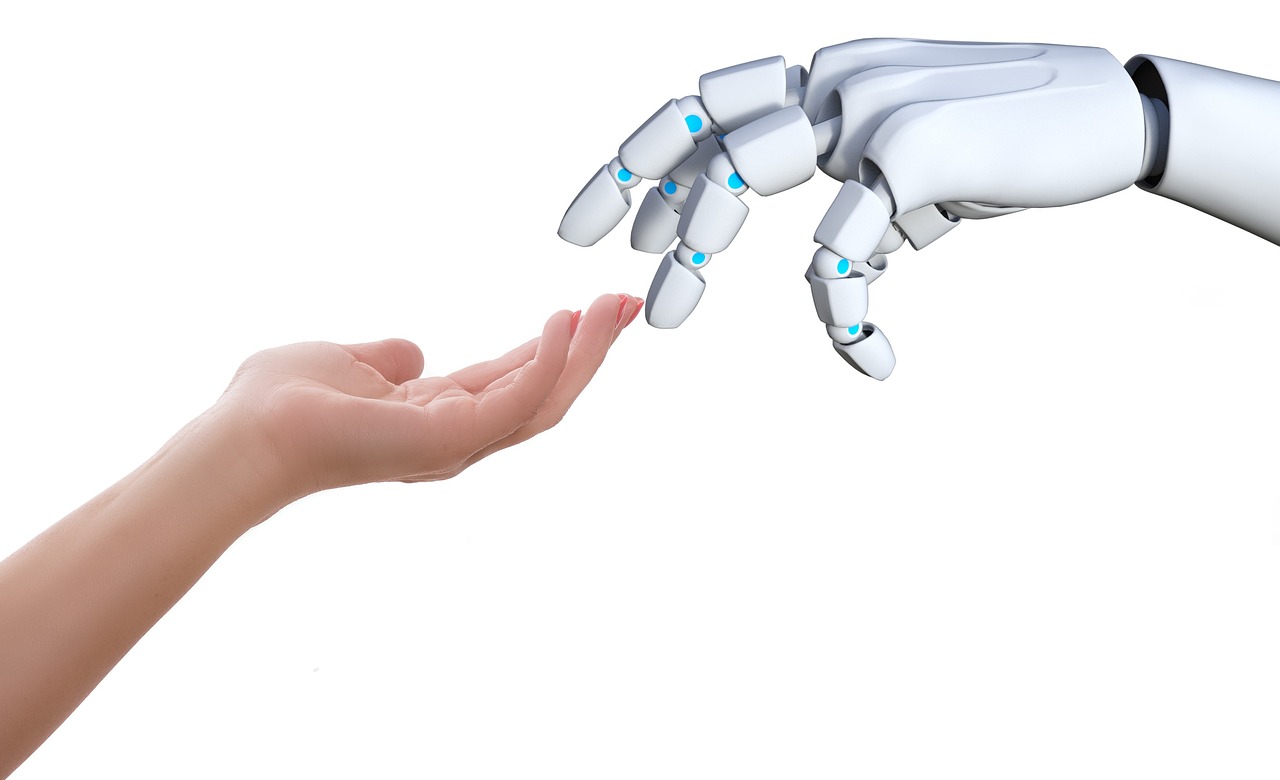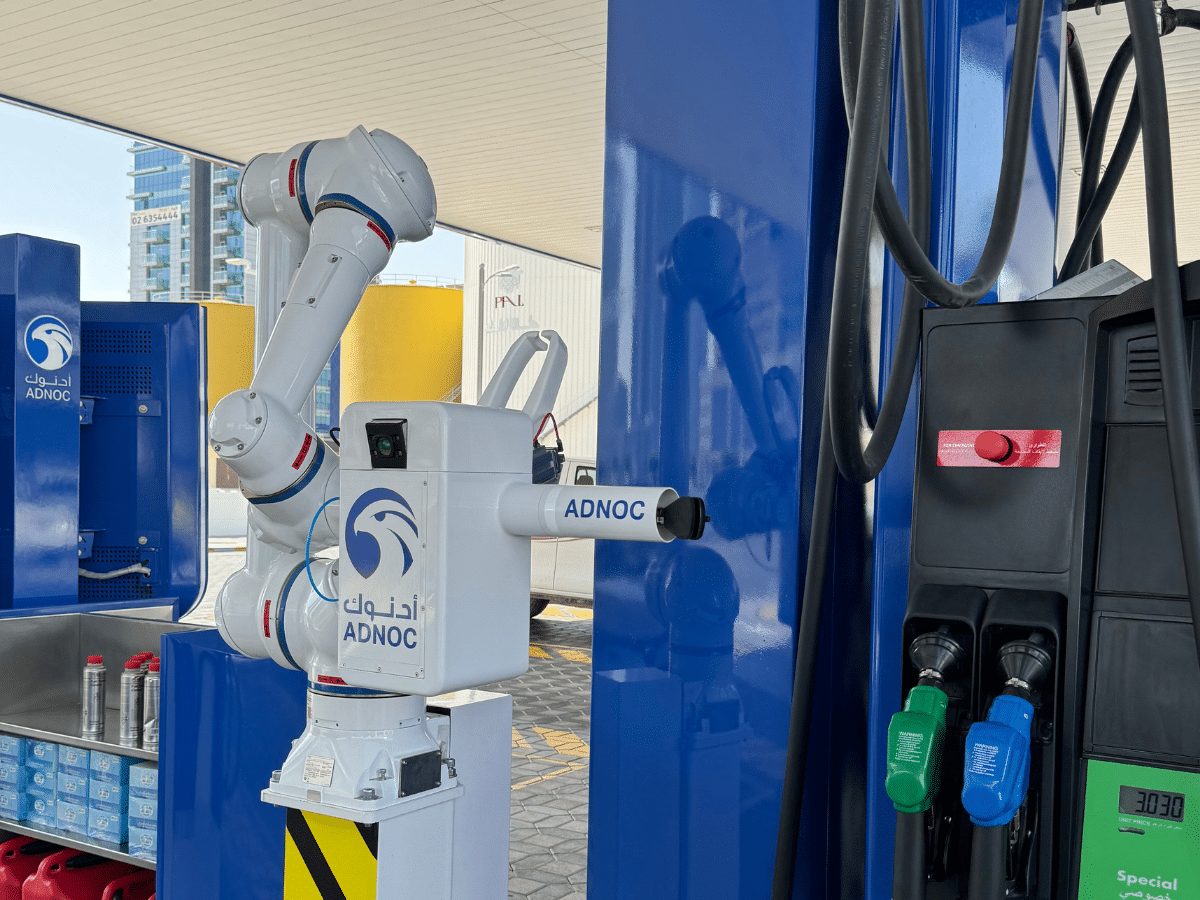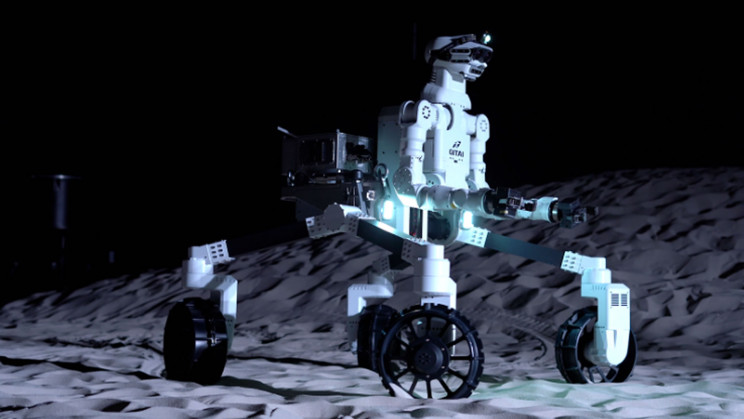Overcoming Challenges:
Researchers have tackled a key challenge in biomimetic robotics, developing an AI-assisted sensor that smoothly glides over Braille text, reading it at twice the speed of humans. The technology is set for integration into robot hands and prosthetics, offering fingertip sensitivity comparable to humans.
Envision robots with hands possessing the discerning abilities of humans, deciphering textures and gripping objects with precision. This vision is becoming reality thanks to a breakthrough from University of Cambridge researchers.
Replicating human fingertip sensitivity has been a challenge in soft robotics. Human fingertips are rich in nerves, enabling us to sense pressure, temperature, texture, and pain. The Cambridge team’s novel approach combines vision-based tactile sensors with AI, capturing detailed images and training an algorithm to identify features and textures accurately.
Futuristic Vision Turning Reality:
The robotic sensor excels in navigating, delicately grasping, and reading braille twice as fast as humans. This breakthrough opens possibilities for improved robotic dexterity in manufacturing, assembly lines, and advanced prosthetics offering restored touch for amputees.
This biomimetic robotics research enables robots to accurately sense and interact with the world, fostering a closer relationship with humans. Beyond practical applications, it holds potential for robots to cradle newborns, assist the visually impaired, and perform precise surgeries. The breakthrough underscores the importance of integrating a sense of touch into robotics for a safer and more human-centered future.







